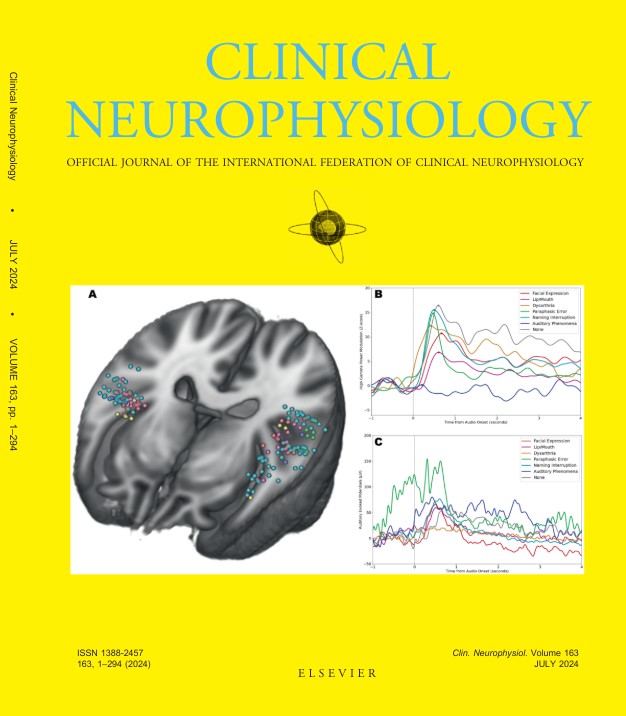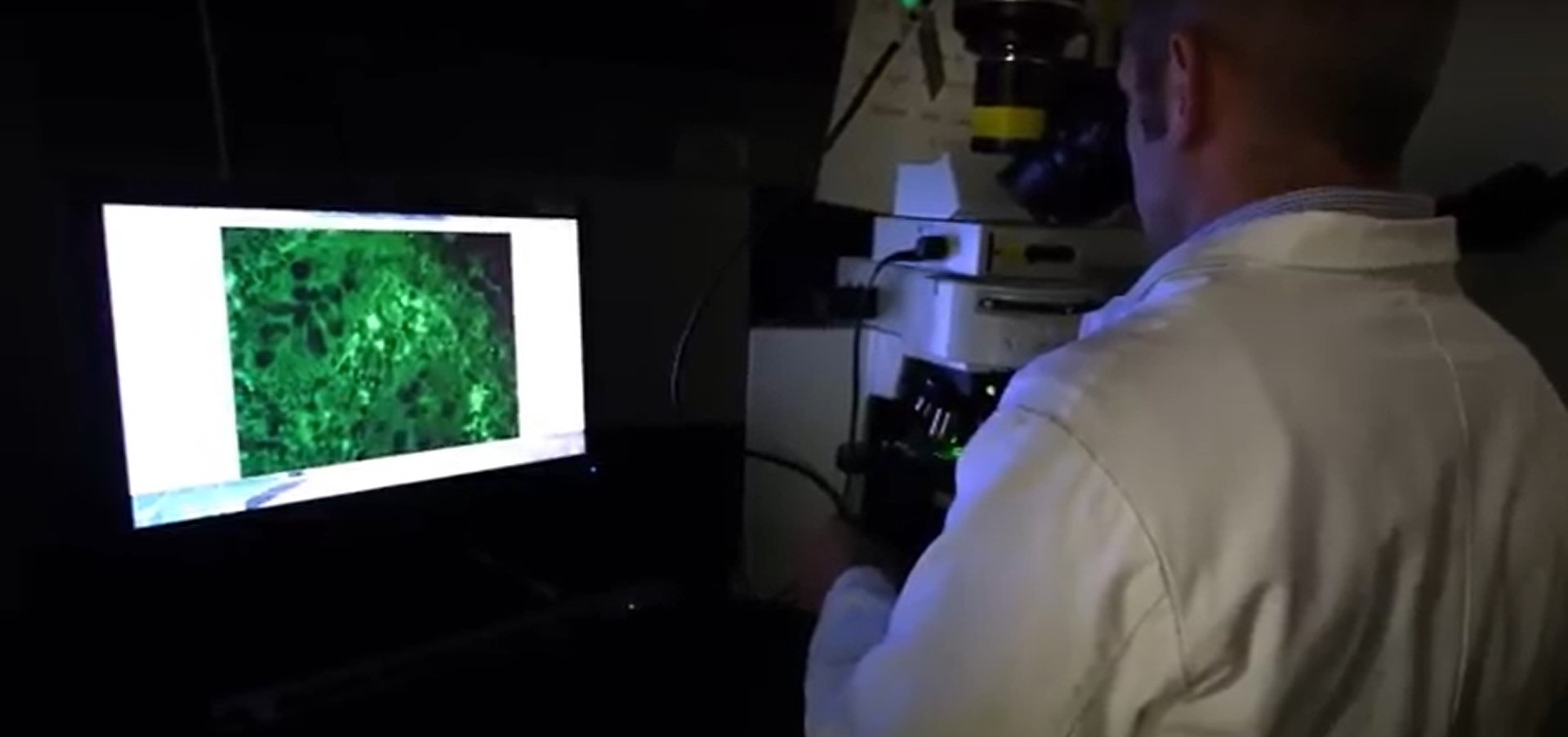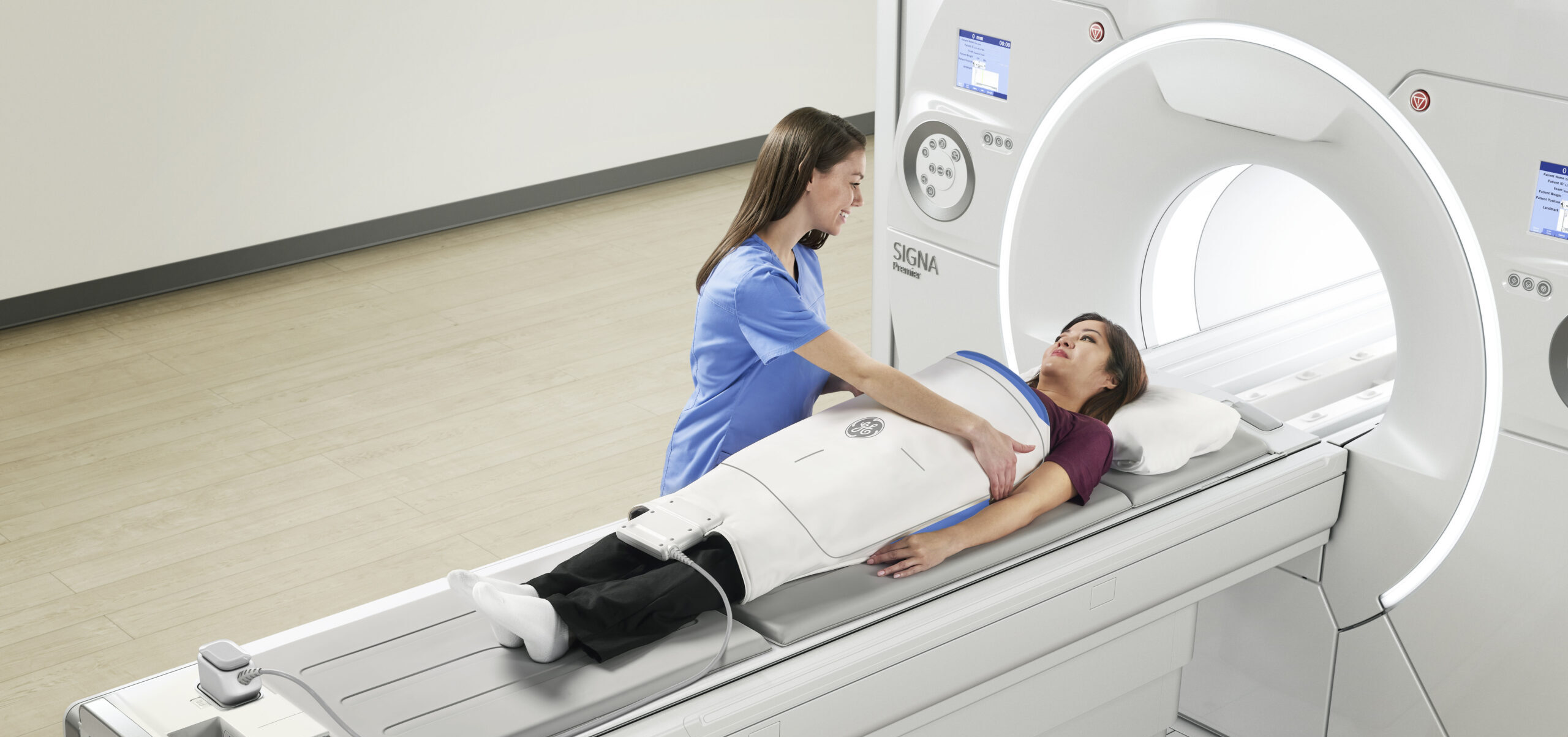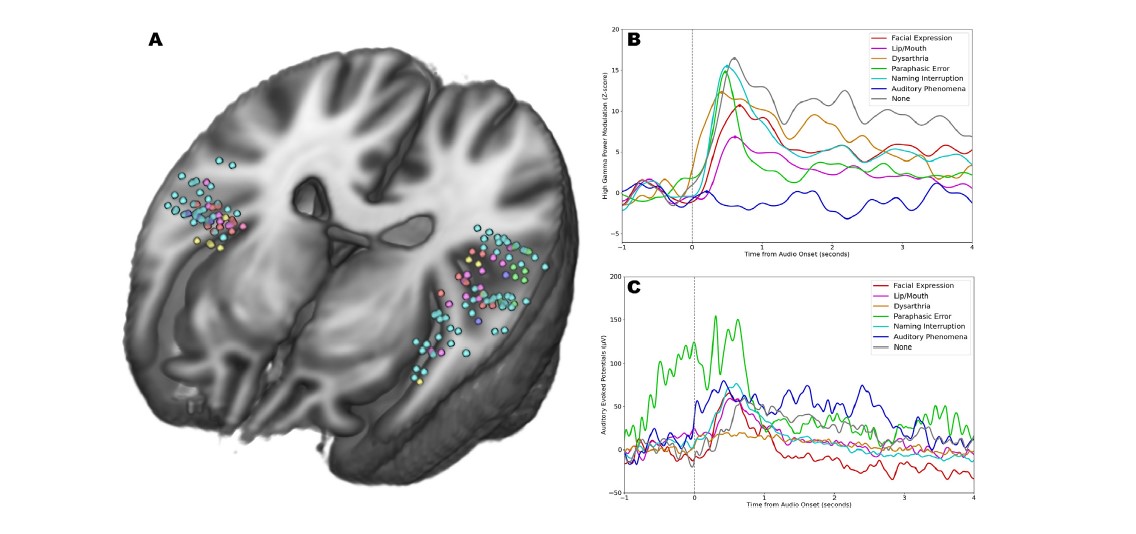Brain Research Finds Unexpected Link Between Sound and Facial Expression
Research By: Ravindra Arya, MD, DM
Post Date: June 18, 2024 | Publish Date: April 30, 2024

Findings led by experts at Cincinnati Children’s suggest that seemingly exclusive areas of brain function might not be so exclusive
When Ravindra Arya, MD, DM, stimulated a needle-thin probe in the auditory cortex of the young woman’s brain, her facial expression was not expected to change. But it did.
The pediatric epileptologist with the Division of Neurology at Cincinnati Children’s was conducting a delicate stereotactic EEG (sEEG) test to search for the precise brain location that was causing the young woman’s seizures, which had not responded to standard medications.
In terms of brain geography, the probe was located miles away from the motor control areas that guide facial movement. If any reaction occurred at all, the probe should have triggered a false sensation of hearing a sound.
The unusual response prompted Arya and colleagues to look back at other cases in which electrical stimulation of sEEG probes triggered unusual responses, which in turn led to a new study that may cause scientists to rethink how language comprehension and facial expressions intersect in the human brain. The surprising findings are featured on the cover of the July issue of Clinical Neurophysiology.
“This area of the brain is considered one of the primary sensory cortices. For many years, it has been thought that this part of the brain is dedicated to doing one thing: to interpret auditory stimuli,” Arya says. “Now we are finding that these areas may not be so dedicated. The auditory cortex also has some integrative functions that may be important.”
In addition to documenting motor responses occurring in an auditory-only area of the brain, the study reports that this auditory area also appears to have overlapping influences upon the brain’s language development and motor control circuitry.
New insights for perioral movements
The sEEG tests are performed specifically to pinpoint the source of seizures in preparation for surgery to control seizures that do not respond to other treatments. About 30% of people with seizure disorders ultimately need surgery.
Clinicians have long observed that some people with seizure disorders exhibit involuntary movements of their face and jaw muscles that can range from grimacing and lip smacking to a repeated chewing-like motion.
“I think this study gives some insight into how these phenomena happen,” Arya says.
More research is needed, however, because only about a third of the patients who received electrical stimulation in their auditory complex exhibited facial movements. In all cases, the seizure-causing area of the brain was located elsewhere.
“We still do not know precisely why some people exhibited the movements while others did not,” Arya says.
A novel way to measure the power of music?
From flinching at harsh noises to watching emotions dance across the face of a musician playing a guitar solo, people have long exhibited physical reactions to sound. This study raises fresh questions about how such reactions may be wired into our brains.
“When two people are talking, sometimes our facial expressions change even before we say a response, even before we give a verbal response. I think this process may be mediated by this co-located brain circuitry,” Arya says. “It could be worth exploring. After all, we already know that music is the most important emotional auditory stimulus.”
Next steps
More research involving more people will be needed before the insights gained in this study can be translated into potential treatments for specific types of seizure disorders.
Meanwhile, Arya and colleagues want to explore whether other areas of the brain previously thought to have exclusive functions also have unexpected interconnections.
About the study
Cincinnati Children’s co-authors on this study included Brian Ervin, PhD, (also a member of the University of Cincinnati Department of Electrical Engineering and Computer Science), Hansel Greiner, MD, Jason Buroker, BS, Anna Byars, PhD, Jeffrey Tenney, MD, PhD, Todd Arthur, MD, Susan Fong, MD, PhD, Nan Lin, MD, Clayton Frink, BS, Leonid Rozhkov, MS, Craig Scholle, BS, Jesse Skoch, MD,, James Leach, MD, Francesco Mangano, DO, Tracy Glauser, MD, and Katherine Holland, MD, PhD. Gregory Hickok, PhD, of the University of California Irvine also contributed.
Funding sources for this study included the National Institute of Neurological Disorders and Stroke (R01 NS115929) and a Procter Scholar Award from Cincinnati Children’s.
| Original title: | Emotional facial expression and perioral motor functions of the human auditory cortex |
| Published in: | Clinical Neurophysiology |
| Publish date: | April 30, 2024 |







